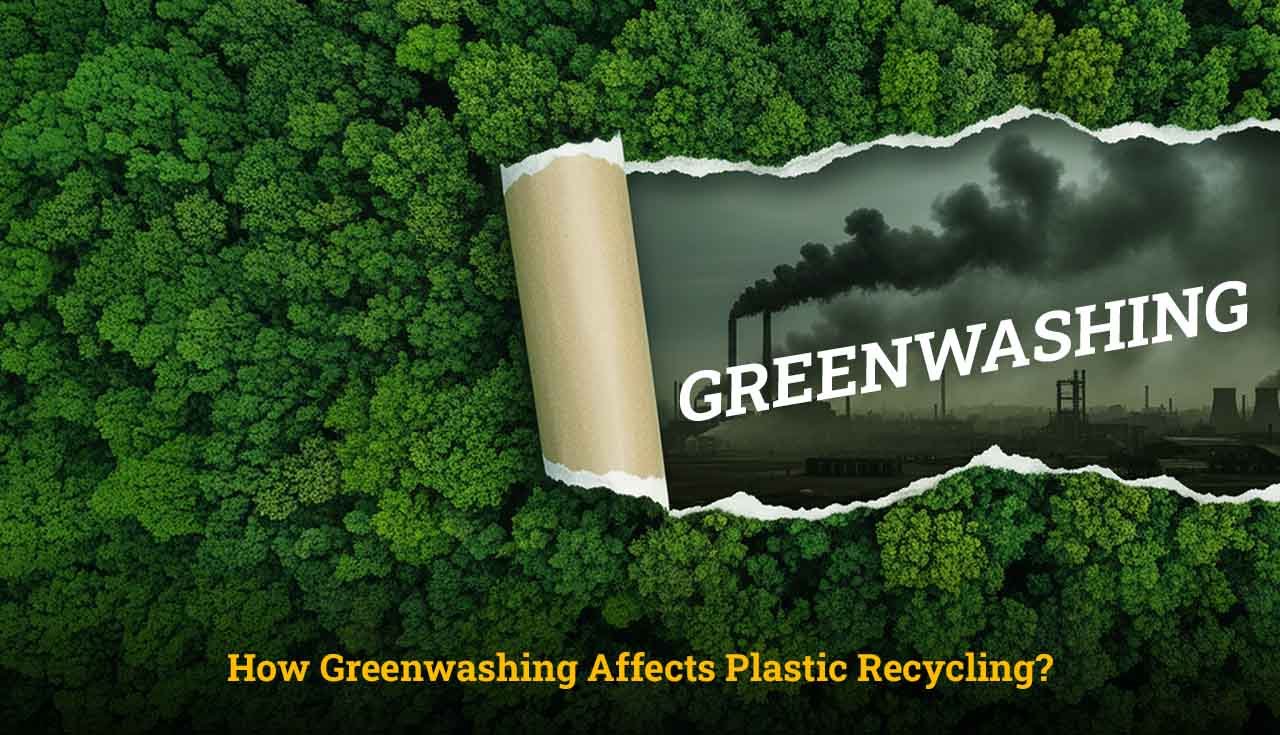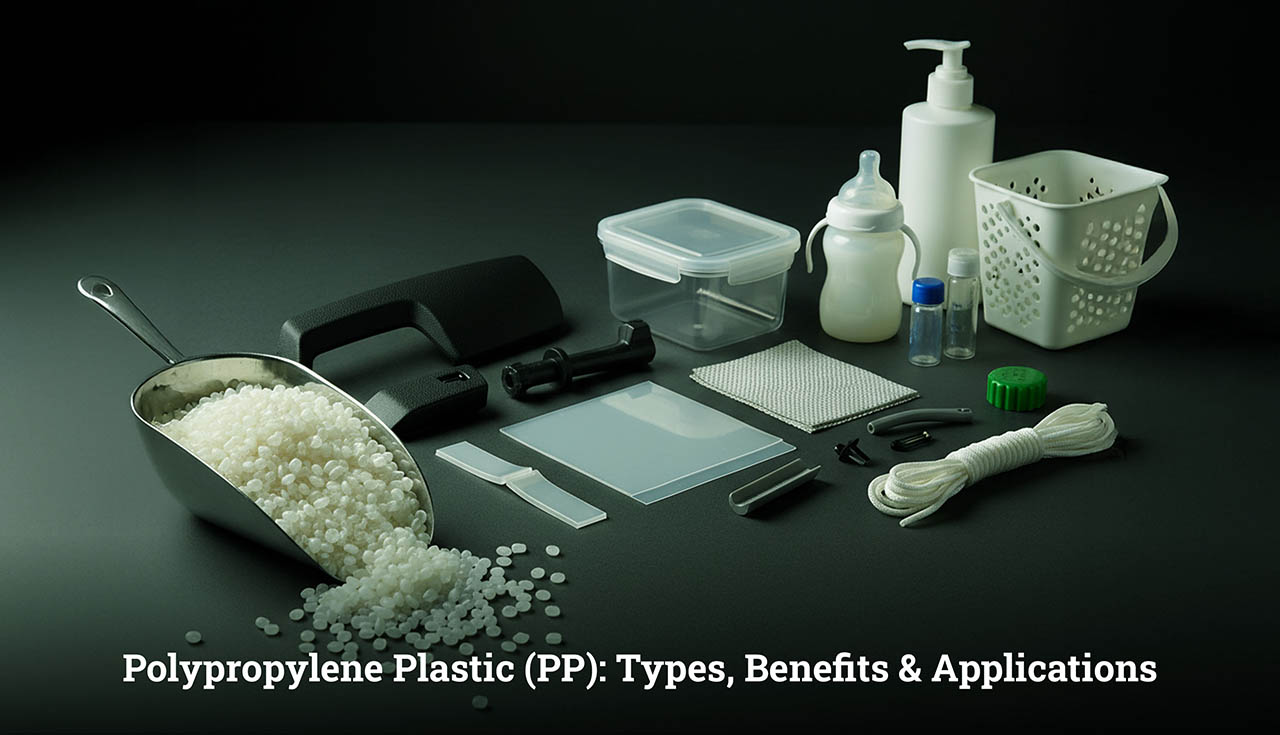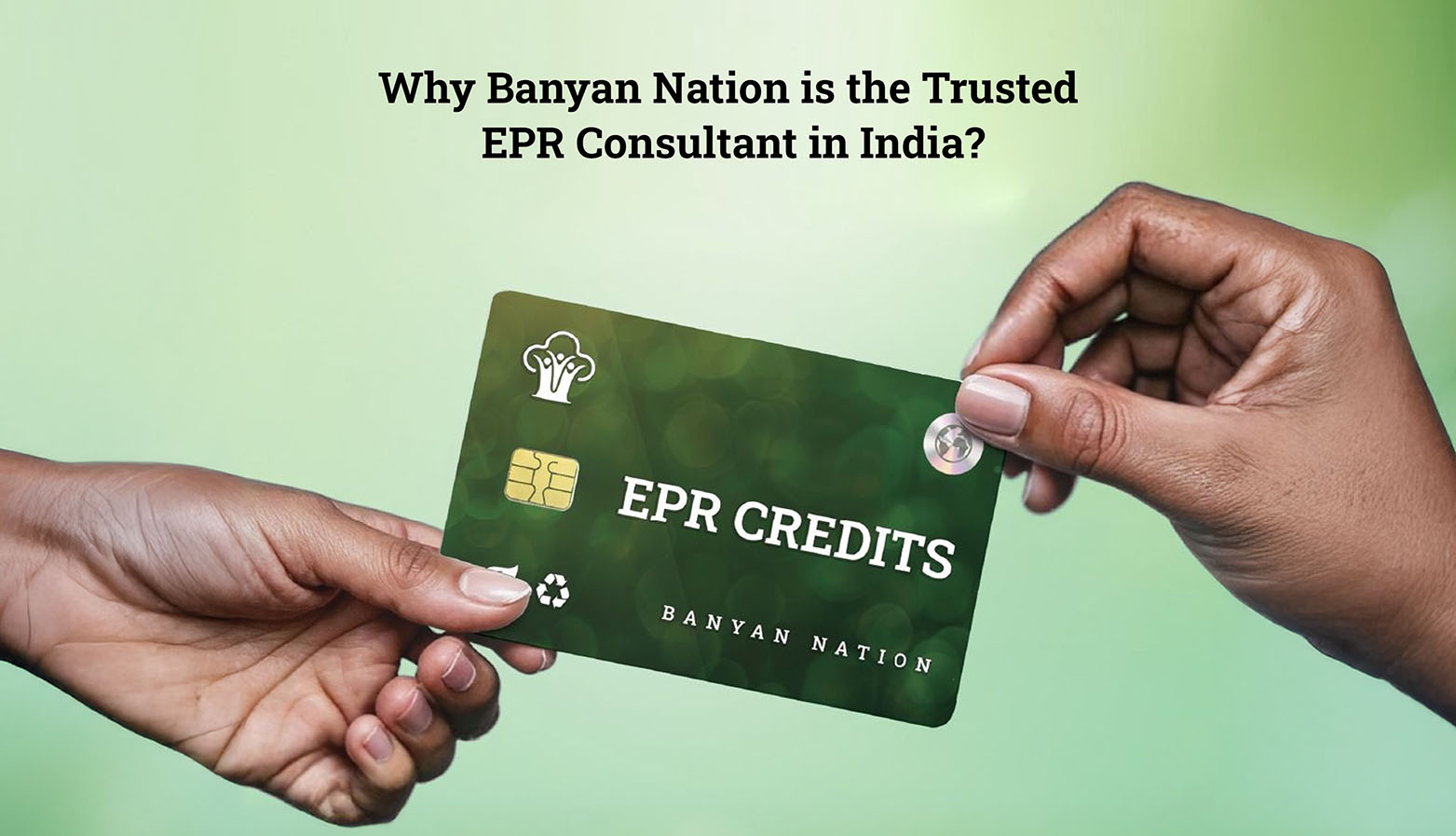Introduction
Plastic packaging is deeply embedded in our modern lifestyles. From bottled beverages and food containers to cosmetic tubes and courier bags, it surrounds us in almost every aspect of daily consumption. While it offers benefits like convenience, durability, and cost-effectiveness, the growing volume of discarded plastic packaging is creating a severe environmental crisis.
Most of the plastic waste ends up in landfills, oceans, or incinerators instead of being properly recycled. The core issue is not just the overuse of plastic but the lack of effective systems to recycle plastic packaging at scale. The challenge is worsened by low consumer awareness, limited infrastructure, and inconsistent government regulations.
Switching to sustainable plastic packaging and improving plastic packaging recycling can make a major impact on reducing pollution. This is where companies like Banyan Nation step in—offering smart, scalable solutions to manage and recycle waste plastic, particularly packaging. This blog explores how Banyan Nation is helping fight the plastic crisis through advanced recycling and innovation.
Examples of Plastic Packaging
Understanding where plastic packaging is used can help identify reduction and recycling opportunities. Here are common plastic packaging examples:
- Bottled water, juices, and soda containers
- Grocery bags and shrink wraps
- Shampoo, soap, and lotion bottles
- Food trays, clamshell containers, and wrappers
- E-commerce packaging like bubble wrap and plastic film
These everyday plastic packaging examples often go unnoticed but contribute significantly to global plastic waste.
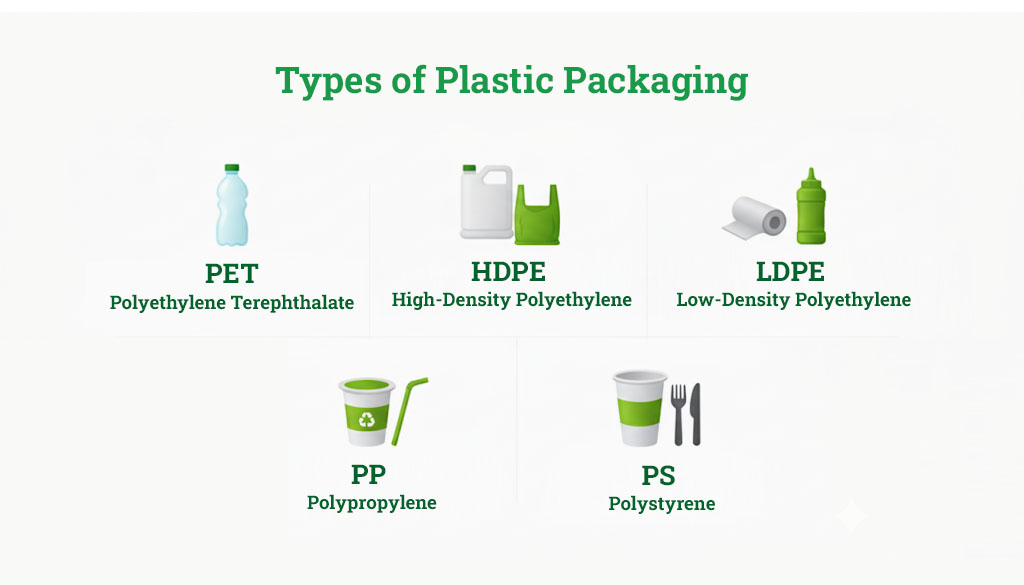
Types of Plastic Packaging
There are several types of plastic packaging, each with unique properties and recyclability:
- PET (Polyethylene Terephthalate): Used in water and soda bottles
- HDPE (High-Density Polyethylene): Found in detergent bottles and shopping bags
- LDPE (Low-Density Polyethylene): Used in cling film and flexible packaging
- PP (Polypropylene): Used for yogurt cups, straws, and caps
- PS (Polystyrene): Found in disposable cutlery and foam trays
Identifying these types of plastic packaging is essential for efficient sorting and plastic packaging recycling.
Challenges in Reducing Plastic Packaging
Efforts to reduce plastic packaging face several hurdles:
- Limited recycling infrastructure in many parts of the world
- Low awareness about how to properly recycle plastic packaging
- Economic incentives still favor virgin plastic over recycled alternatives
- Contamination of recyclable materials during disposal
- Inconsistent regulations across regions
These challenges make it difficult to implement sustainable plastic packaging solutions at scale.
Role of Individuals, Businesses, and Government
All stakeholders must play a part in reducing plastic packaging waste:
Individuals
- Avoid single-use plastics
- Support brands using sustainable plastic packaging
- Properly clean and sort plastic waste for recycling
Businesses
- Redesign packaging using recyclable materials
- Partner with recyclers to implement plastic packaging recycling
- Educate consumers on responsible disposal
Governments
- Enforce Extended Producer Responsibility (EPR)
- Fund recycling and collection systems
- Support awareness campaigns and innovation in recycling technology
How Recycling Plastic Packaging Supports a Sustainable Environment
Choosing to recycle plastic packaging leads to multiple environmental benefits:
- Reduces landfill waste and ocean pollution
- Lowers greenhouse gas emissions during production
- Preserves natural resources by reducing dependence on virgin plastic
- Promotes circular economy models
- Encourages sustainable innovation in packaging design
When implemented properly, plastic packaging recycling is a powerful step toward sustainability.
Banyan Nation: Leading the Change in Plastic Recycling
Banyan Nation is at the forefront of solving India’s plastic packaging crisis through advanced recycling technology and data-driven systems.
Here’s how Banyan Nation makes a difference:
- Produces high-quality recycled plastic that matches virgin material standards
- Works with top brands like Unilever and Tata Motors to adopt sustainable plastic packaging
- Leverages technology to trace, sort, and clean plastic waste efficiently
- Empowers waste workers by formalizing informal collection systems
- Creates sustainable supply chains that reuse rather than discard plastics
Their model proves that it’s possible to recycle plastic packaging effectively without compromising on quality or performance.
Conclusion
The growing crisis around plastic packaging cannot be ignored. With billions of packages discarded annually, we must move toward scalable, innovative, and responsible waste management. Understanding the types of plastic packaging, promoting plastic packaging recycling, and embracing sustainable plastic packaging solutions are essential for long-term environmental health.
Companies like Banyan Nation offer a hopeful path forward—using technology and partnerships to help businesses and society adopt circular practices. If more stakeholders follow this lead, we can significantly reduce plastic pollution and create a cleaner, more sustainable future.
FAQ's
Why is plastic packaging a problem?
Plastic packaging contributes to long-term environmental pollution, takes hundreds of years to degrade, and often ends up in oceans or landfills. Its widespread use and poor recycling rates make it a global issue.
Is plastic packaging safe?
Most types of plastic packaging are safe for consumer use if manufactured under regulations. However, improper disposal and low-quality plastics can pose health and environmental risks.
Can we replace plastic packaging?
Yes, in many cases. Alternatives like paper, glass, and biodegradable materials can be used. But for high-durability or moisture-sensitive products, improving sustainable plastic packaging and plastic packaging recycling is key.
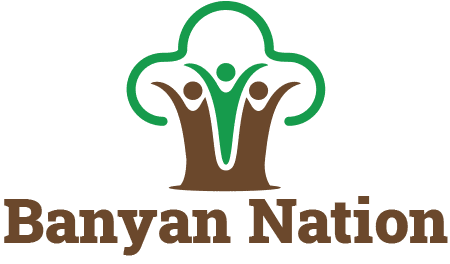
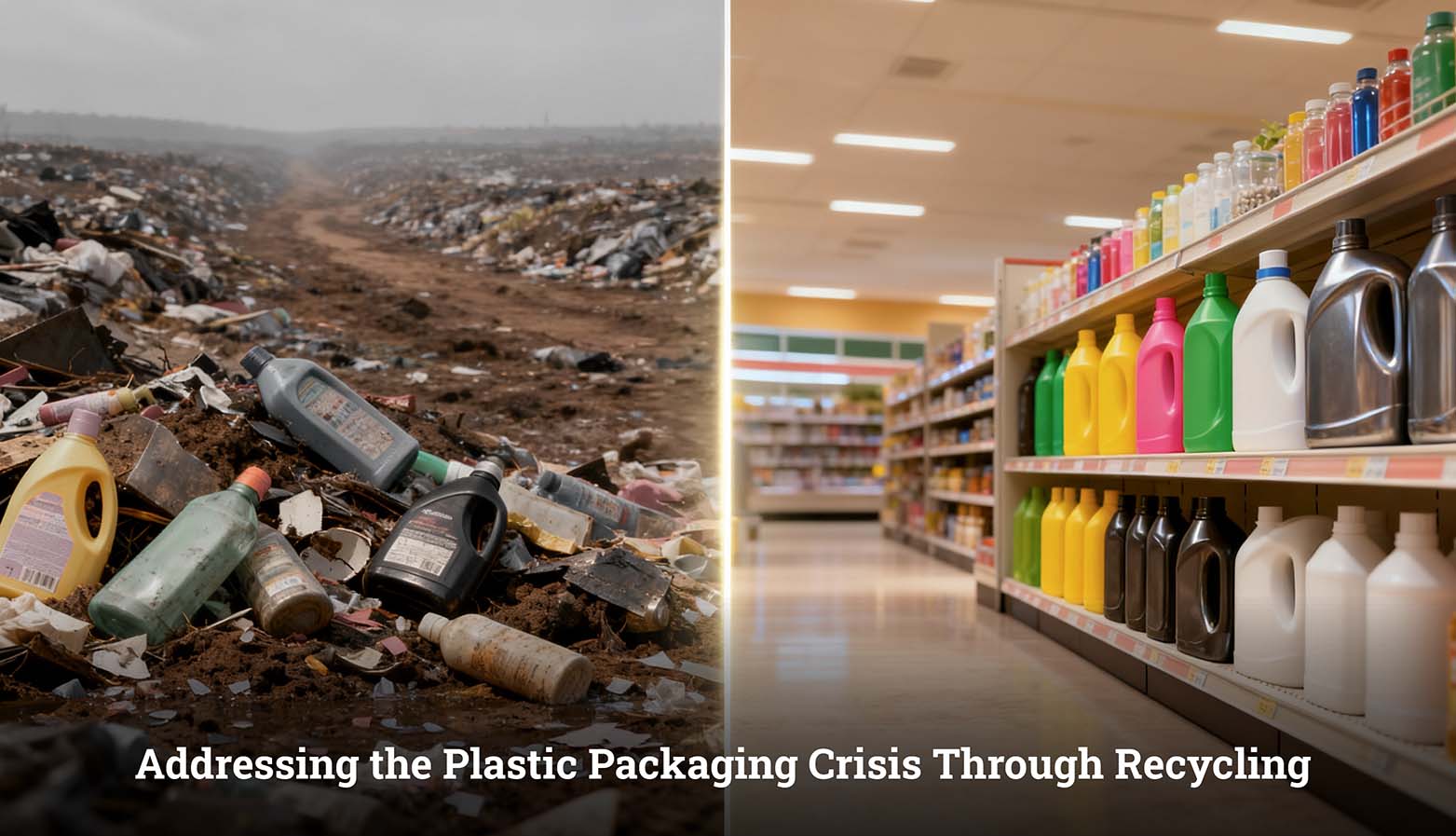
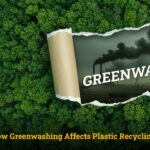 How Greenwashing Affects Plastic Recycling?
How Greenwashing Affects Plastic Recycling?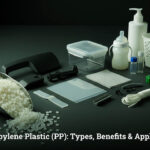 What is Polypropylene Plastic?
What is Polypropylene Plastic?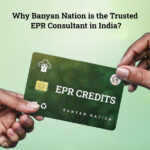 Why Choose Banyan Nation as your EPR Consultant in India?
Why Choose Banyan Nation as your EPR Consultant in India?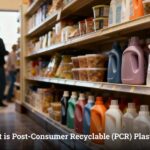 What is Post-Consumer Recyclable (PCR) Plastic?
What is Post-Consumer Recyclable (PCR) Plastic?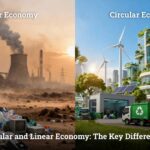 What is the Difference Between Circular Economy & Linear Economy
What is the Difference Between Circular Economy & Linear Economy